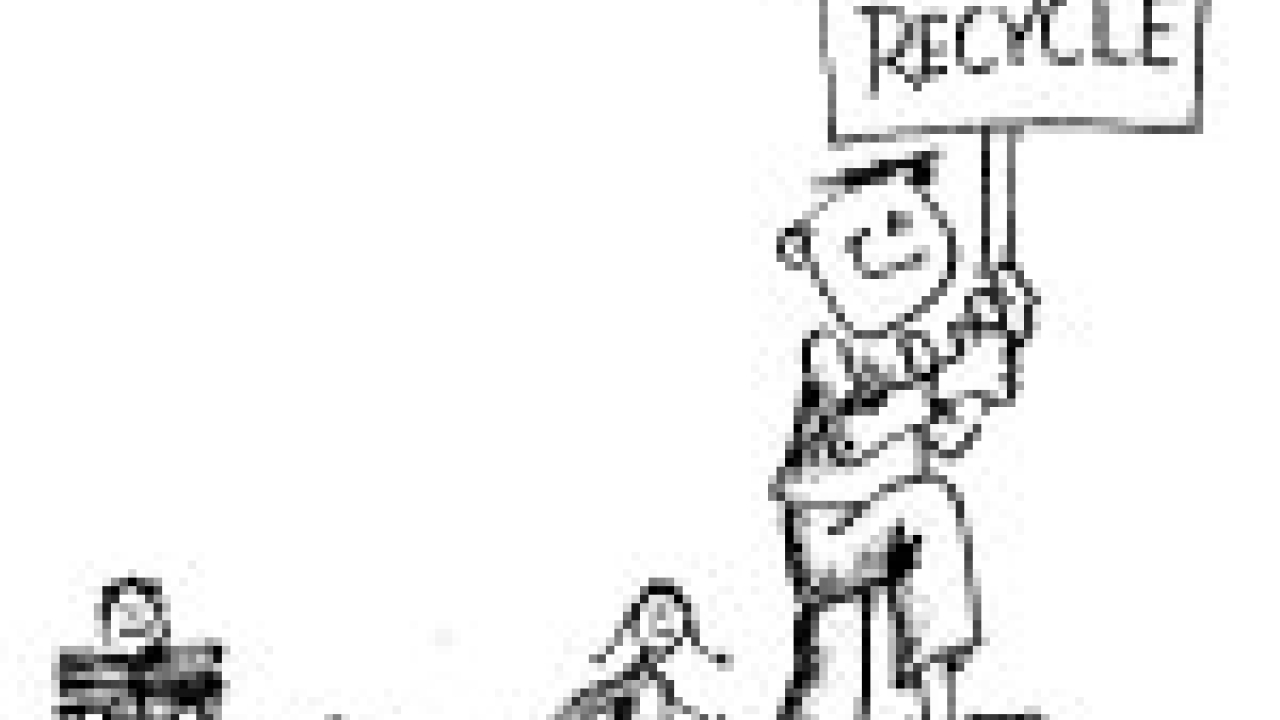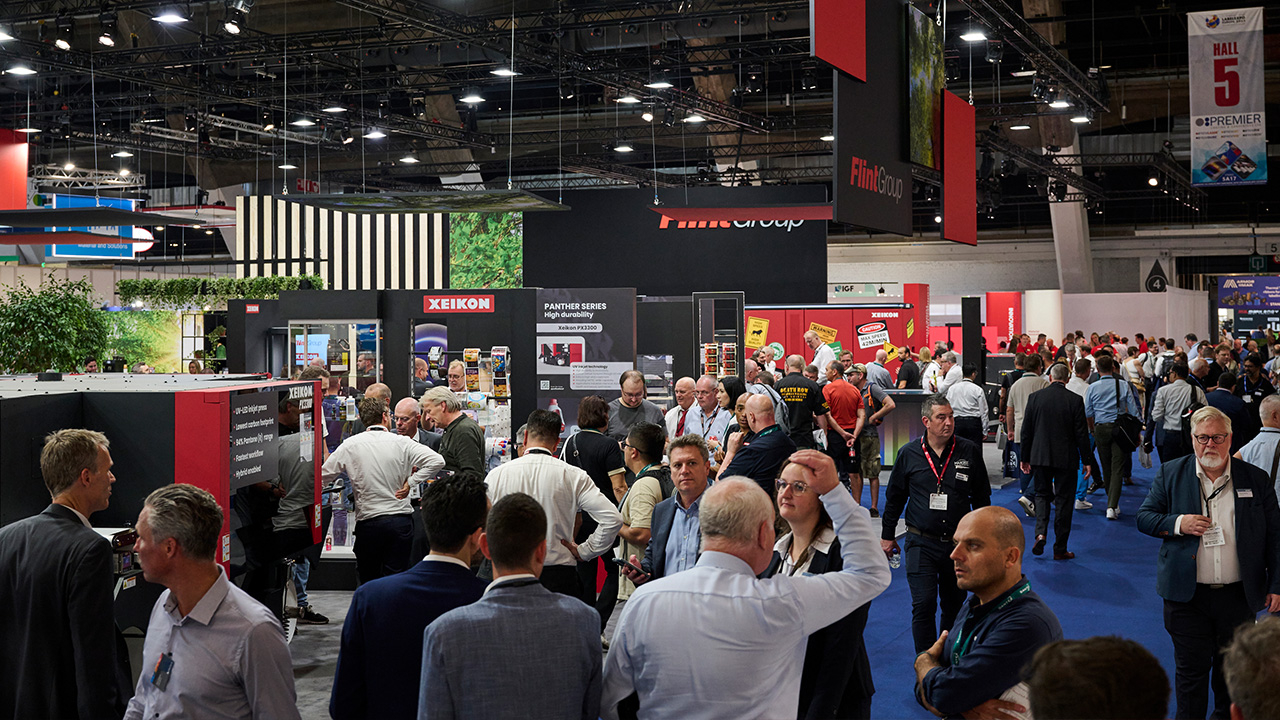Standards and education catalyze innovation

They will likely be based on the current European standards developed by CEN. This could be a big wake up call for many in the
Yet educating consumers on the right way to recover packaging materials will be the true key to finding success with these standards – after all, a product’s Life Cycle Analysis, including the packaging, is based on its manufacturing trail from natural resource extraction to disposal.
As an au pair in
Widespread education on proper waste disposal is on the rise. In the
The SPC is riding on this successful platform, developing too an on-pack label to increase the recycle reach and rate in the
With each of these standards coming into play, we will no doubt see an increase in recycling facilities capable of handling the many materials that, in the past, have been simply land-filled. Consumers are gaining knowledge and we all know what knowledge is – power.
Glass and plastic make up fifty percent of packaging by weight for the world’s largest multi-national beverage companies. To help brands help consumers increase recycling rates, they’ll be materials innovation in the label industry. Its leaders will do what they do best: create a solution for their clients. One
More information can be found in the Environmental Performance and Sustainable Labeling book.
Stay up to date
Subscribe to the free Label News newsletter and receive the latest content every week. We'll never share your email address.


